Affiliate links on Android Authority may earn us a commission. Learn more.
Whatever happened to Android One?
Published onMarch 2, 2022
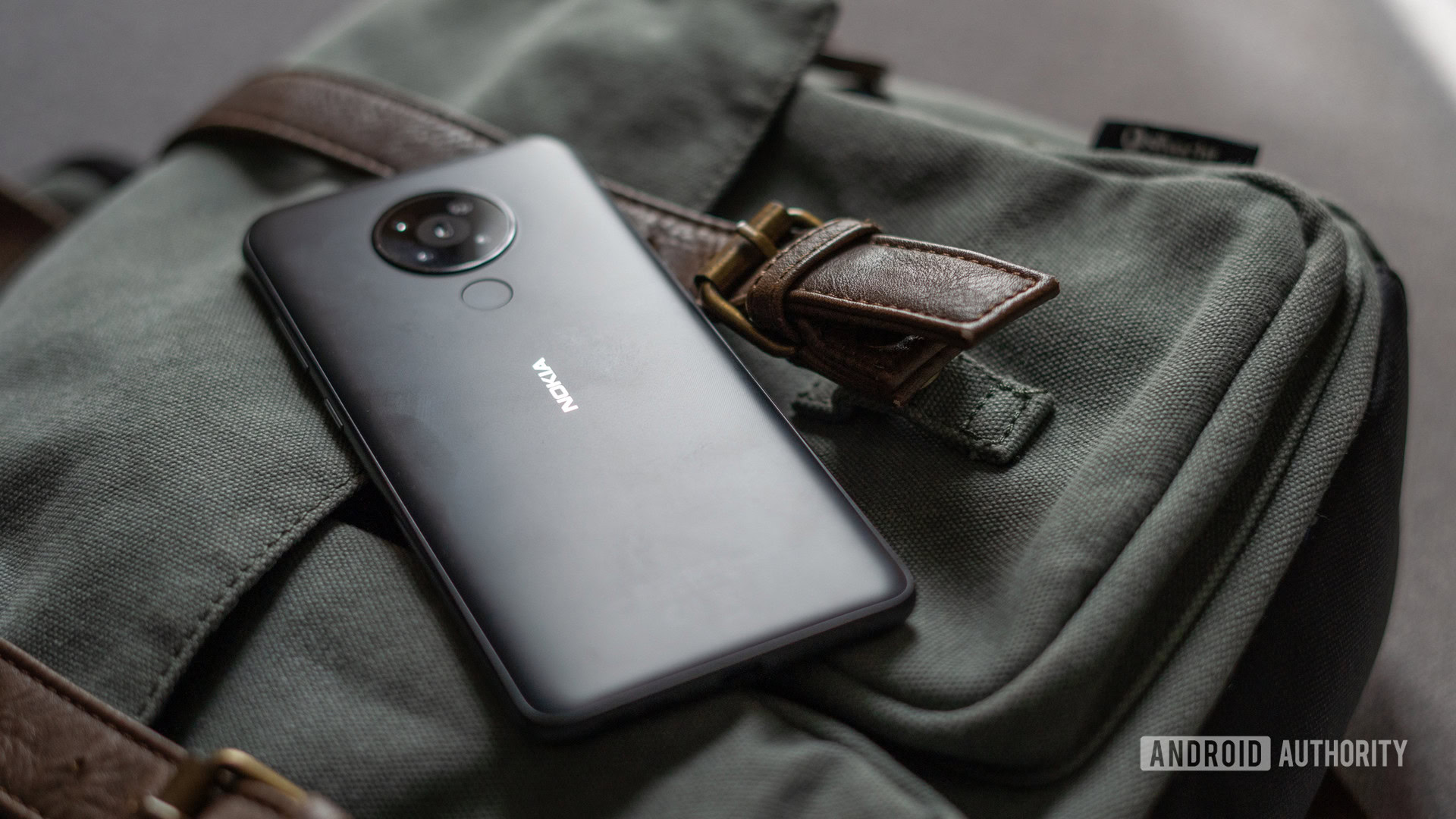
Ample competition has ensured that mid-range smartphones are doing better than ever now, and there’s no dearth of brands aiming to make the flagship experience more affordable for everyone. However, it wasn’t all that long ago that the disparity in the user experience between a budget and a high-end phone was a lot more significant. The first few generations of budget smartphones were particularly bad, owing to their underpowered processors and bloated software
Read more: Stock Android vs Android One vs Android Go
In 2014, Google stepped in with the Android One program to clean up the Wild West budget Android landscape. The result was a clean and clutter-free version of Android that came with hardware guidelines to guarantee a quality user experience.
However, eight years later, all that remains of the program is a website that appears to be stuck in 2020, fleeting references on community forums, and a pretty big question — what the heck happened to Android One?
Remind me again, what was Android One?
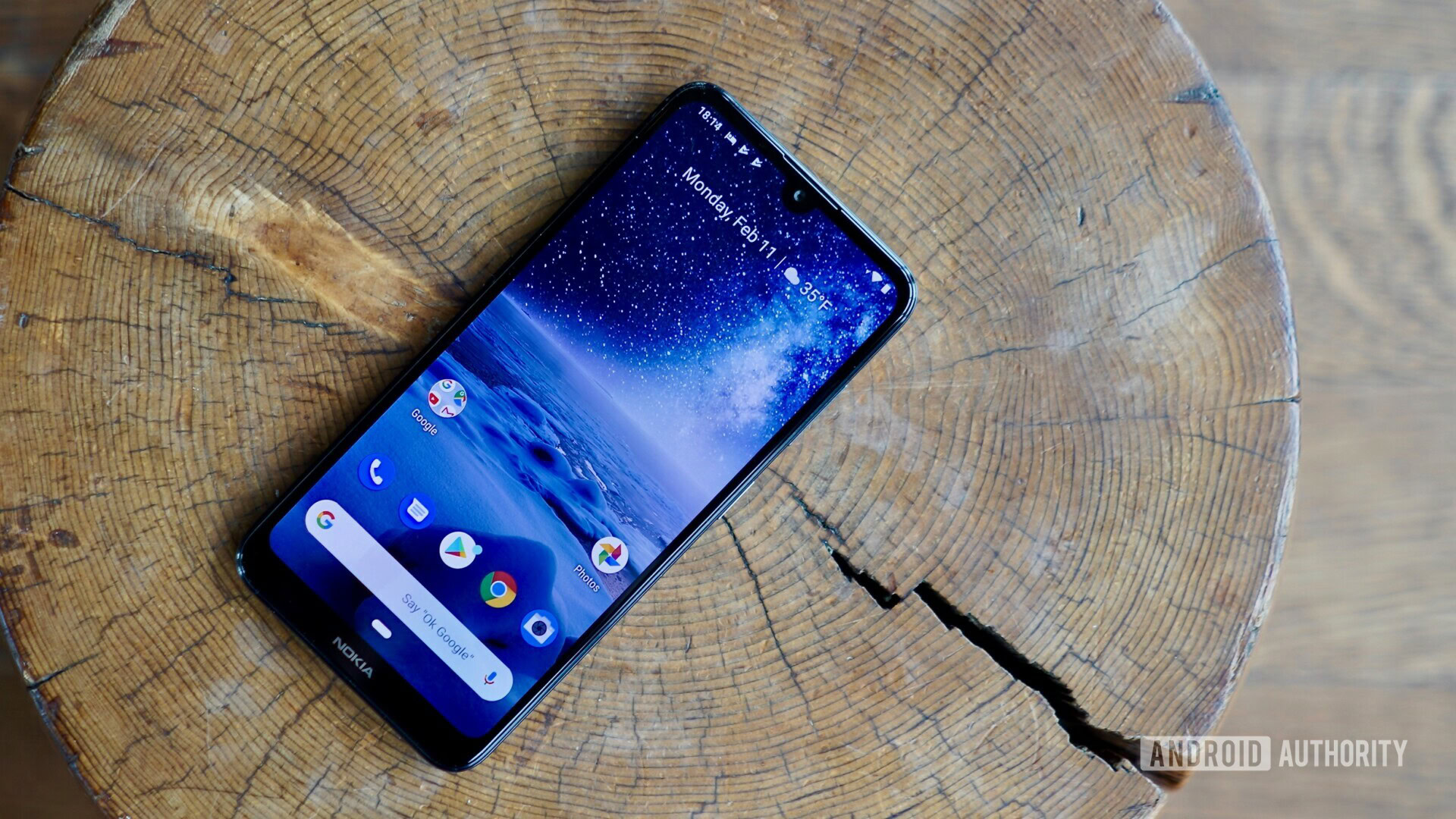
As smartphone penetration grew in developing markets, dozens of smartphone brands popped up to capitalize on a growing audience. Unfortunately, not every brand was equipped to give users a quality user experience, and more often than not, the phones had poor hardware, bloatware, or a combination of both. They also sullied Android’s image as a refined operating system.
Poor hardware and worse software risked sullying Android's reputation as a refined operating system.
The Android One program was designed to tackle that specific problem. It came with directions on how to do software right, mostly by removing all the unnecessary additions being piled on top of ‘pure’ Android. This was essential at a time when every smartphone manufacturer was trying to build a distinctive software skin — usually with limited success.
With Android One, Google handed over a blueprint for affordable phones that weren’t saddled with bloat. In fact, these phones were designed to run near-stock Android just like the Nexus or Pixel series, but at much lower prices.
As is usually the case with Google, the program went through a couple of revisions. While the initial goal was to tackle the entry-level segment in markets like India, Google expanded the program to larger markets including the United States and Japan with mid-tier phones like the Nokia 5.4 and Moto One Action based on Android One.
Go back in time: Google and Android One — Is this the new Nexus line?
What happened to the Android One program?
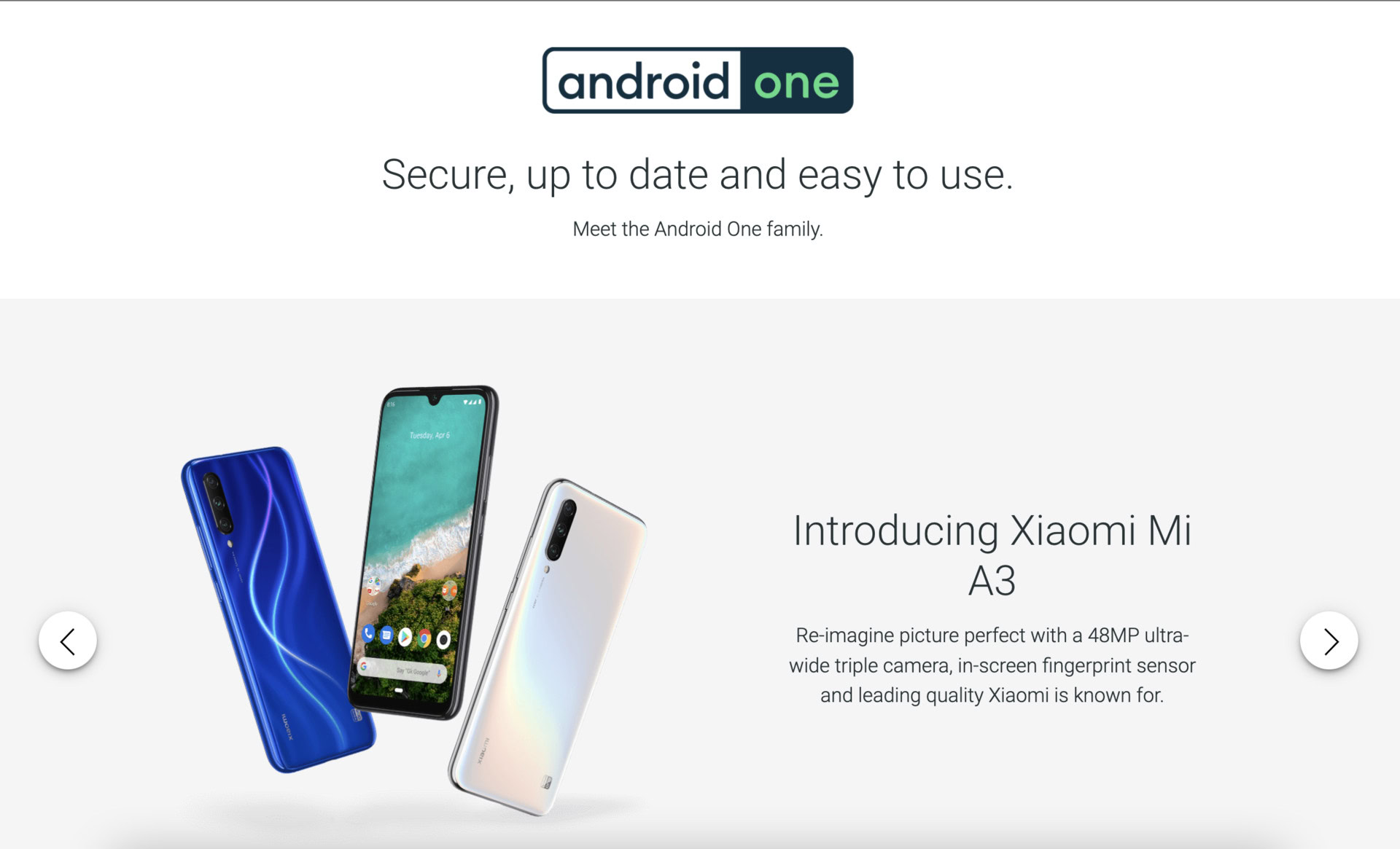
Head on over to the Android One website now, and you’ll find a portal stuck in time. The website is advertising the Nokia 5.3, a phone that launched in 2020, running Android 10, an operating system that is now two generations old. Other phones listed on the website, like the Moto One Action, are older still.
The picture gets hazier when you consider that Motorola has stopped shipping any Android One devices altogether. Instead, the company has co-opted the One branding for its own line of phones. It’s not the only defector either and the likes of Xiaomi, Sharp, Infinix, and Kyocera haven’t shipped an Android One device in years.
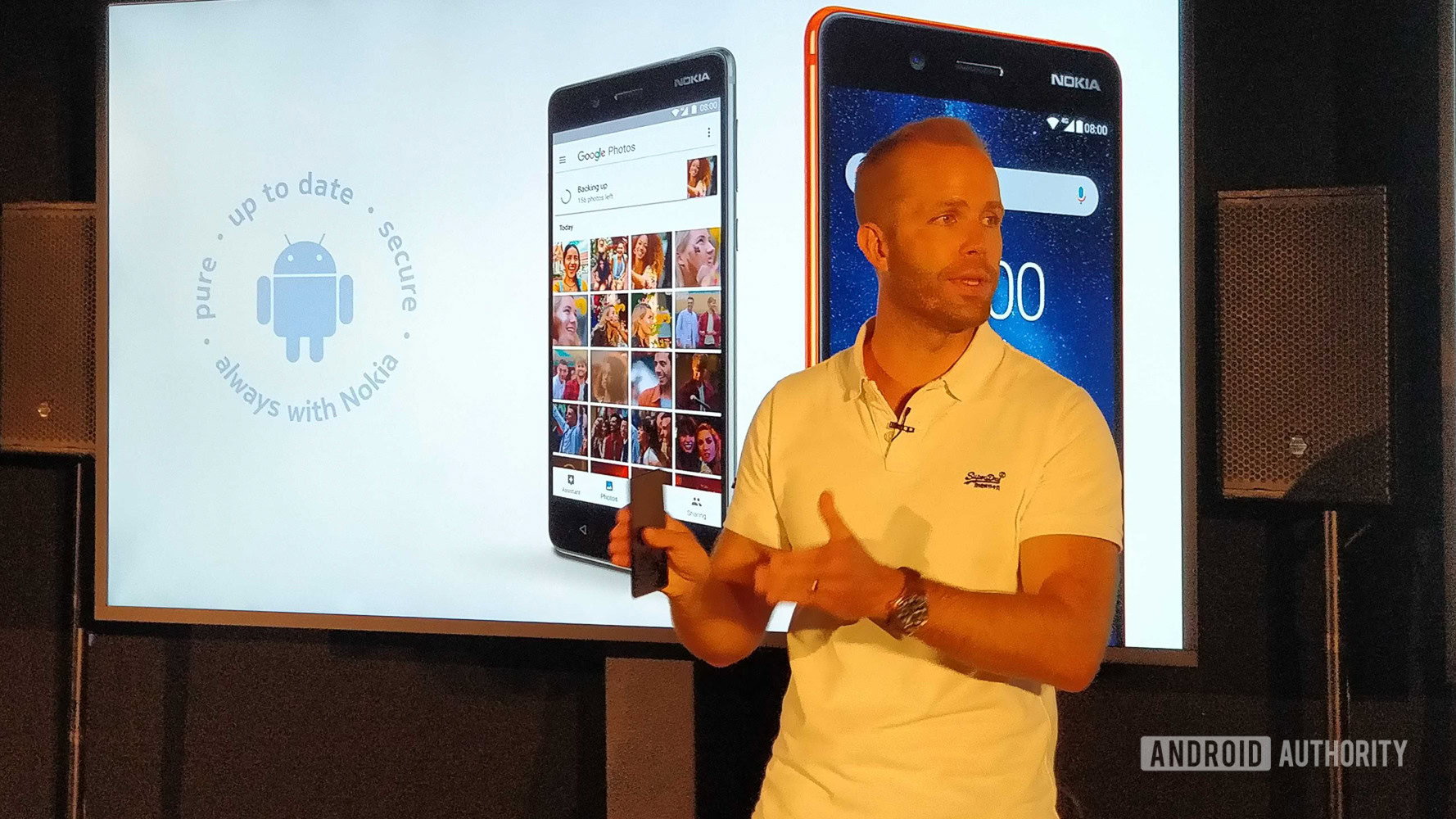
And what about HMD Global, you ask? The company’s revival of the Nokia brand was centered around the promise of clean, secure, and up-to-date software powered by Android One. In fact, the software experience was a tentpole of HMD’s strategy to differentiate itself from its Chinese competition.
Read more: Five years on, HMD’s handling of Nokia is a tale of squandered potential
By all appearances, it didn’t quite work out as expected. A glance at the company’s lineup shows that it hasn’t advertised Android One as a feature since 2020. In fact, HMD Global is now pre-loading some extra apps on its phones, a clear sign that it moved on from the program.
While researching this article, we reached out to Google, Motorola, and HMD Global for a comment on the status of their Android One program, but were met with radio silence on all fronts.
So what could’ve gone wrong?
Without any official statement on the state of the program, we only have snippets of information to go on. However, it isn’t hard to see the bigger picture.
After reading what exactly the Android One program required of device makers, I’m not surprised it flopped. There are so many restrictions. Google even had the say on the industrial design and go-to-market strategy for each device. What was really in it for the OEM?— Mishaal Rahman (@MishaalRahman) November 8, 2021
Mishaal Rahman, Senior Technical Writer at Esper and ex-XDA whizz, recently talked about the sheer number of restrictions on OEMs shipping Android One devices. His observations hint that Google mandated strict control over the industrial design of any device sold as part of the Android One program. The restrictions extended beyond hardware design too. Google only permitted a total of five pre-loaded apps, including those mandated by operators. And all of these apps would have to be vetted by Google.
Even though these limitations made sense back in 2014, that level of control could very well be considered a stranglehold on creativity. When both the hardware and software stacks between a Moto, Nokia, or Xiaomi phone were essentially the same, there just wasn’t much room for differentiation.
This is truer still in 2022 when the hardware is, for the most part, commodified. Phones are sold on the basis of software experiences, and that’s something no brand could build while being a part of the Android One initiative.
Modern smartphones are sold on software experiences, and Android One didn't give OEMs much wiggle room there.
There’s also something to be said about the update commitment. While HMD Global managed to do a decent job of keeping its phones updated for the first generation or two, that cadence quickly fell off the cliff.
In fact, almost no OEM was able to consistently deliver fast software updates and we might never find out why. In hindsight, it is almost bizarre considering the limited hardware options and customization-free software. Between phones like the Xiaomi Mi A3 bricking with software updates and HMD users waiting indefinitely for updates, there’s little doubt that something was definitely amiss.
Another factor to consider is that Google too introduced its own budget line of Pixel phones. Starting with the Pixel 3a, the phones were incredibly well-received due to the marriage of rapid updates, flagship-grade cameras, and excellent pricing. These phones competed directly against mid-range Android One devices, leaving little reason for anyone to buy anything but a Pixel.
Has Android One served its purpose?
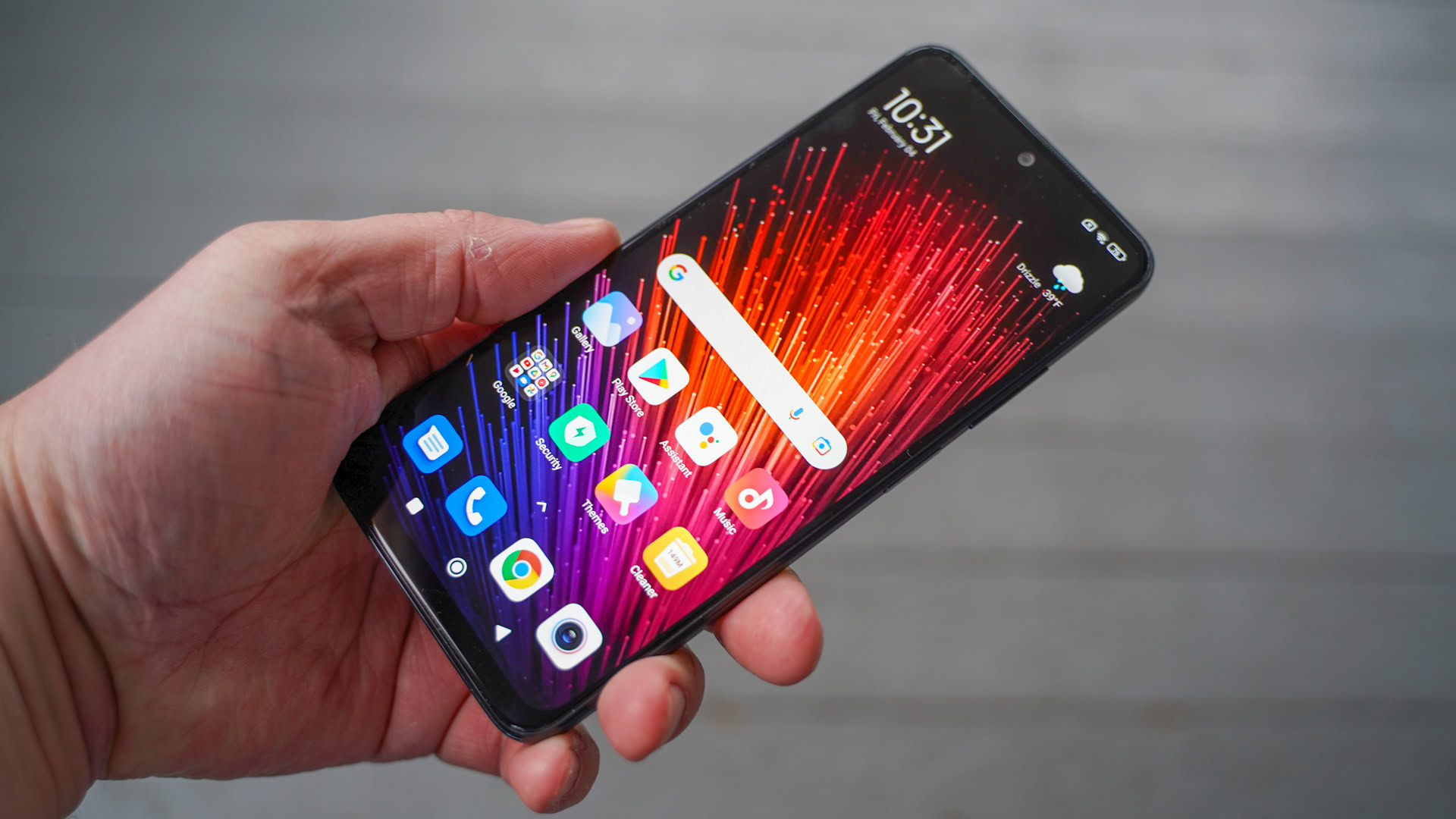
Interestingly enough, I’m inclined to believe that the Android One program was deliberately led to pasture because it had achieved what it set out to do. The program reinforced the need for leaner software and long-term updates outside of the shackles of strict guidelines.
Xiaomi, realme, and many other brands have since invested significant resources into cleaning up their act and the myriad software skins are not just improved but are now perfectly usable. Meanwhile, ads have been reduced or removed altogether, bloatware is generally removable and the hardware has improved by leaps and bounds. Companies including Xiaomi are even promising multiple years of quick updates, something that was unheard of just a short while back.
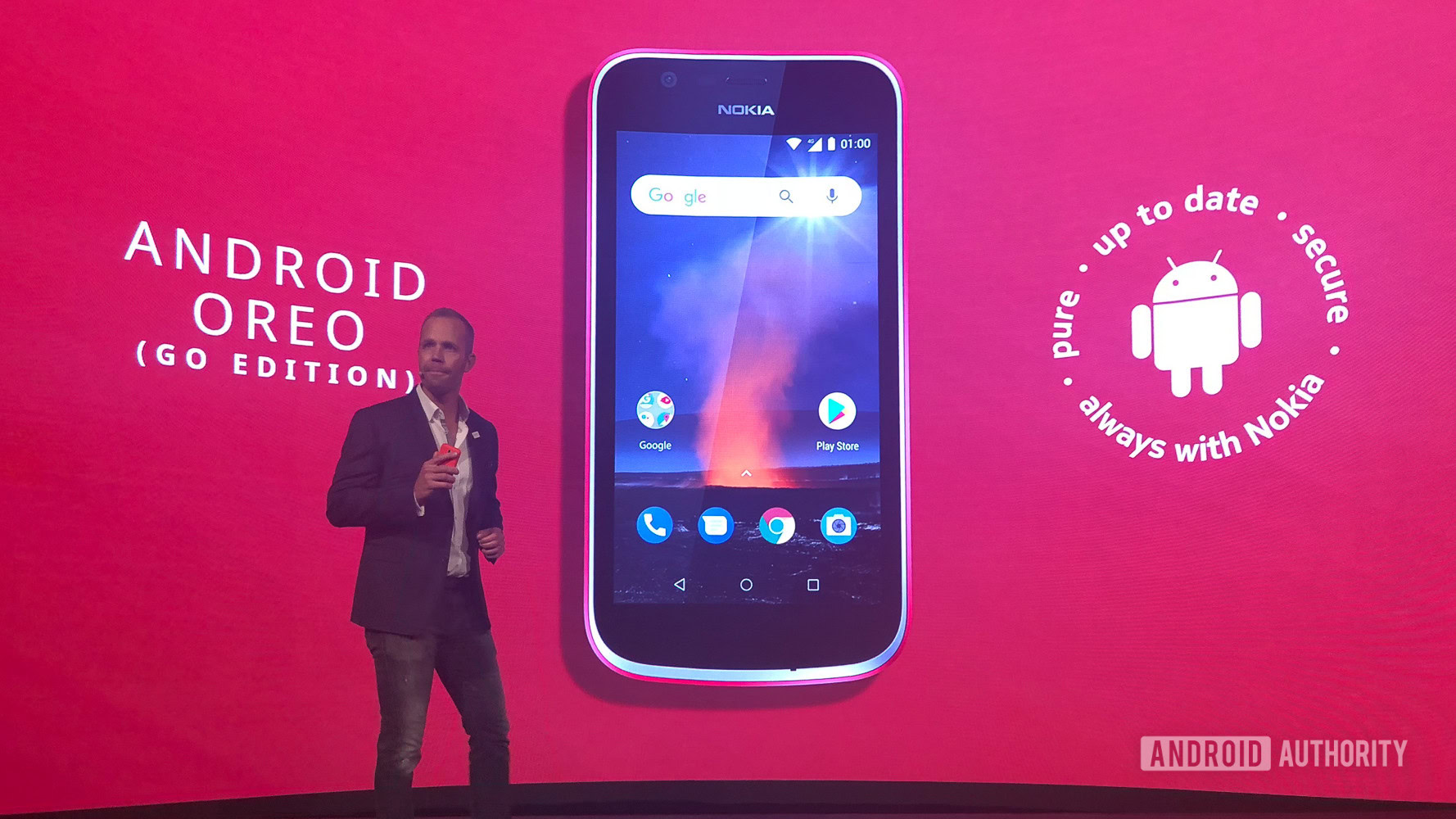
Google too appears to have turned its gaze on even more affordable hardware with the Android Go initiative. The stripped-down take on Android is designed for users buying their first low-end smartphone. A customized version of Android Go powers Indian operator Jio’s much-hyped JioPhone. We can only guess, but perhaps Android’s next big challenge is to bring the next billion users online.
It might’ve died an unceremonious death, but one thing is for sure, Android One set things in motion for a better smartphone user experience and budget phone buyers are all the better for it.